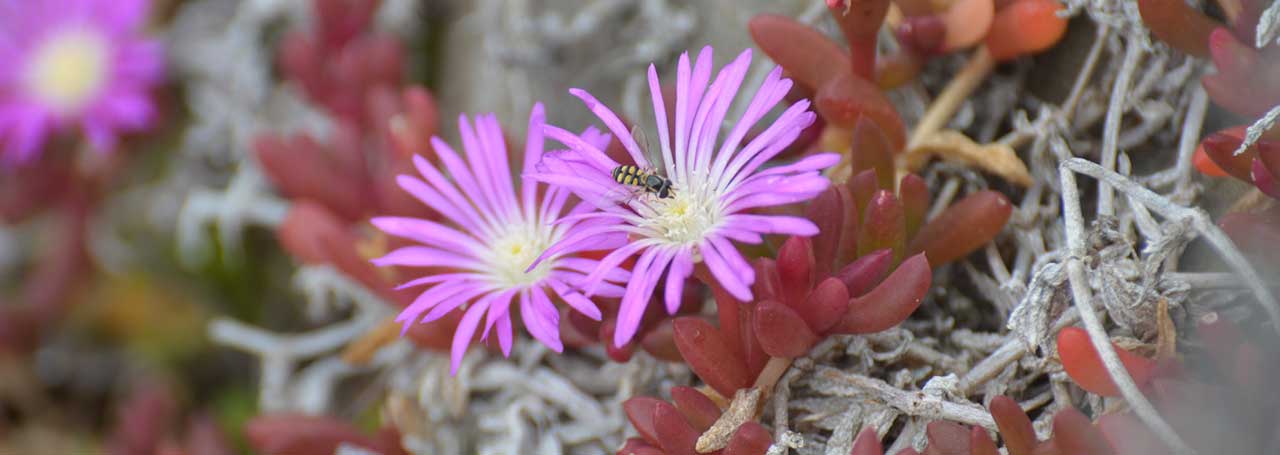Native vegetation on farms
Native vegetation on farms provides a range of benefits for farm production and the natural environment, in addition to improved amenity. Fragmented or absent riparian vegetation gives rise to increased evaporation and higher water temperatures, as well as increased sediment from surface runoff entering waterways, nutrient runoff and faecal coliform contamination. The risk of soil erosion is heightened in the absence of roots to bind soil in place and leaf litter and decomposing vegetation to slow runoff water and trap sediment. Shelterbelts reduce windspeeds and evaporation from flora and soil, also providing shade and shelter for livestock which may reduce animal energy requirements and improve livestock health outcomes.
Increasing the extent and condition of native vegetation in production landscapes with well-managed native shelterbelts, riparian areas and remnant vegetation is critical for biodiversity improvement. Restoring and rehabilitating native vegetation in these highly altered landscapes can reverse the effect of historical clearing and habitat fragmentation, providing core habitat for native species, many of which are threatened, and improving connectivity as linking habitat.
outcome
By 2030, 25 revegetation and habitat restoration projects have been completed across the region, protecting and expanding areas of native vegetation on farms to improve productivity, biodiversity habitat value and landscape connectivity in priority agricultural landscapes.

threats
Local threats that can be addressed by NRM actions:
- Loss of natural capital
- Loss of production
- Reduction in economically viable enterprises in the region
- Region-wide biosecurity threats
- Biodiversity and habitat loss



